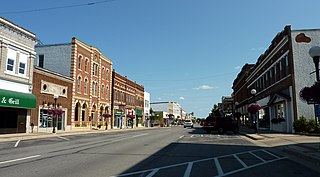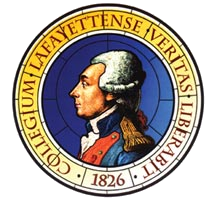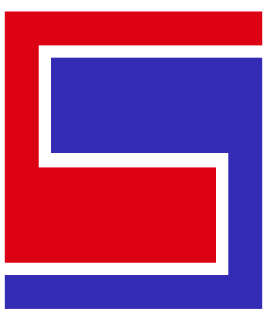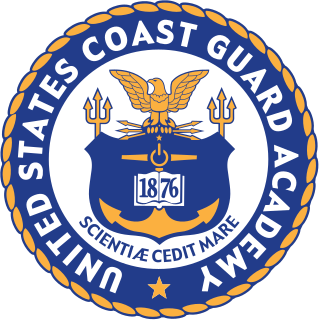
Edwin John Roland, was a United States Coast Guard admiral and served as the twelfth Commandant of the Coast Guard from 1962 to 1966. During his tenure, Roland oversaw the replacement of many World War II era cutters under fleet modernization programs. He also assisted the U.S. Navy with operations in Vietnam by supplying crews and cutters for Operation Market Time. Roland was noted for his support in efforts to bring international safety standards to merchant shipping. Although Roland was already retired when the service was transferred from the Department of Treasury to the newly formed Department of Transportation in 1967, he was largely responsible for the advance planning for the move and the Coast Guard retaining its military responsibilities along with its transportation related functions.

Alfred Carroll Richmond was a United States Coast Guard admiral who served as the 11th Commandant of the United States Coast Guard from 1954 to 1962, the second longest tenure of any U.S. Coast Guard Commandant following Russell R. Waesche who served from 1936 to 1946.
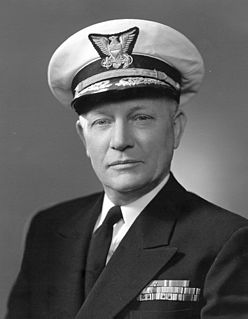
Merlin O'Neill served as the tenth Commandant of the United States Coast Guard from 1 January 1950 to 1 June 1954.

Frederick Chamberlayne Billard served as the sixth Commandant of the United States Coast Guard from 1924 until his death. Billard's military career began with his appointment to the School of Instruction of the Revenue Cutter Service in 1894. Among his experiences before becoming Commandant, Billard commanded several cutters, served as aide to two Commandants and also served twice as superintendent of the Coast Guard Academy. After rising through the ranks, he was appointed to serve as Commandant in January 1924 and with the appointment, the rank of rear admiral. His leadership of the Coast Guard during the Prohibition era required careful planning and use of available resources to accomplish the mission while making sure that other required missions weren't slighted. He was very involved in the training of his officers as a superintendent of the United States Coast Guard Academy and he was responsible for the purchase of the permanent location of the academy at New London, Connecticut. Because of his emphasis on training, formalized coursework for enlisted personnel and standardized testing procedures for advancement in rating occurred while he was Commandant. Billard was supportive of newly available technologies such as aircraft and radio communication in order to accomplish the mission. The Coast Guard's involvement in oceanography was instituted during his tenure. He emphasized integrity in the Coast Guard's dealings with the public and expected his officers and men to be honest in order to preserve the image of the Coast Guard. Shortly after being appointed for an unprecedented third term as Commandant, Billard died of pneumonia in May 1932.

Ronald J. Rábago is a retired United States Coast Guard Rear Admiral who in 2006 became the first person of Hispanic American descent to be promoted to flag rank in the United States Coast Guard. He retired as the Assistant Commandant for Engineering and Logistics and the United States Coast Guard's Chief Engineer in 2014.
Harold G. Bradbury was a rear admiral in the United States Coast Guard.
William J. Ecker was a United States Coast Guard rear admiral.
Benjamin F. Engel was a vice admiral in the United States Coast Guard.
Arthur B. Engel was a rear admiral in the United States Coast Guard. At different points in his maritime career, he served as Superintendent of the United States Coast Guard Academy at New London, Connecticut and as Superintendent of the United States Merchant Marine Academy at Kings Point, New York.
William J. Keester was a rear admiral in the United States Coast Guard.
William P. Kozlovsky is a former rear admiral in the United States Coast Guard.
Robert S. Lucas is a former rear admiral in the United States Coast Guard.
Carl Baker Olsen was a rear admiral in the United States Coast Guard.

Ellis L. Perry was a vice admiral and Vice Commandant of the United States Coast Guard.
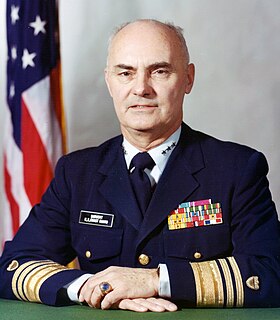
Thomas Reece Sargent III was a vice admiral and Vice Commandant of the United States Coast Guard.
Edward Thiele was a rear admiral in the United States Coast Guard.
John T. Tozzi is a former rear admiral in the United States Coast Guard.
Kenneth G. Wiman is a former rear admiral in the United States Coast Guard.
Theodore J. Wojnar is a former rear admiral in the United States Coast Guard.

